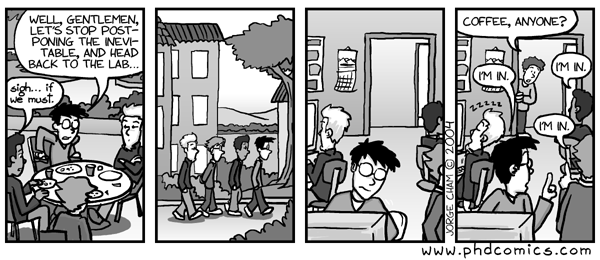Public commitments and dissonance go hand in hand. Even if we feel an action is not right, we still have to go through this when we have publicly committed to an action plan.
The largest public our stand we are reluctant to change. A now famous experiment in 1955 carried out by Morton and Harold Gerard German illustrates this principle. A group of students were divided into three groups. Each group saw a few lines and had to estimate its length. Students in the first group were private write sign appreciated, its name, and put it back in. The second group of students had to write their private estimates Magic Writing Pad. They could lift the plastic cover on her notepad and their figures would disappear immediately. The third group of students do not write their estimates, but it is sufficient to privately held in their minds. Not surprisingly, was even if new information contrary to their estimates, students who wrote their estimates presented their names to them and gave most remained committed to their choice, while those who did were never brought anything to paper easily persuaded to change their answers
Procedures, customs and traditions are often established for the purpose of creating psychological commitment. Consider fraternity initiations, military training camps, political rallies, protest marches and demonstrations. If we our vows, beliefs, statements or public efforts, we are committed to it. We can not back on commitments and claims that have been made public, but we will pay a psychological and emotional. In addition, the wider public, we made those commitments, the price will be emotional.
The largest public our stand we are reluctant to change. A now famous experiment in 1955 carried out by Morton and Harold Gerard German illustrates this principle. A group of students were divided into three groups. Each group saw a few lines and had to estimate its length. Students in the first group were private write sign appreciated, its name, and put it back in. The second group of students had to write their private estimates Magic Writing Pad. They could lift the plastic cover on her notepad and their figures would disappear immediately. The third group of students do not write their estimates, but it is sufficient to privately held in their minds. Not surprisingly, was even if new information contrary to their estimates, students who wrote their estimates presented their names to them and gave most remained committed to their choice, while those who did were never brought anything to paper easily persuaded to change their answers
Procedures, customs and traditions are often established for the purpose of creating psychological commitment. Consider fraternity initiations, military training camps, political rallies, protest marches and demonstrations. If we our vows, beliefs, statements or public efforts, we are committed to it. We can not back on commitments and claims that have been made public, but we will pay a psychological and emotional. In addition, the wider public, we made those commitments, the price will be emotional.






0 comments:
Post a Comment